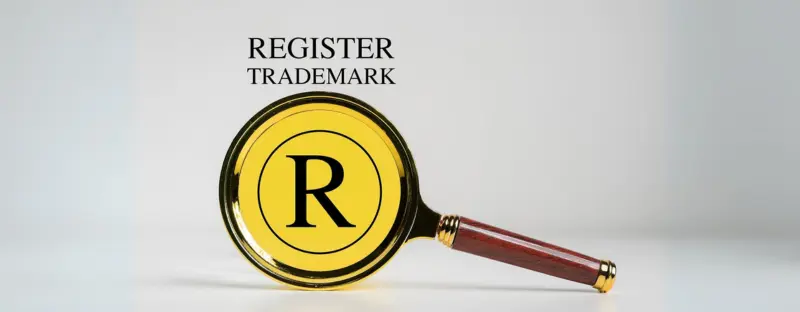When it comes to trademarking a logo, setting a specific color as part of that trademark might cause issues if you go international later. Here’s what you need to know.
How Does the Madrid System Work?

As the owner of a business that sells products in multiple countries – or intends to do so – trademark filling can become a hassle. You have to go through the application process in each country in which you operate. Combine research with the filing process and possibility of opposition and you get a recipe for a massive time-sink for your business.
That is unless you take advantage of the Madrid System.
Let’s dig into what that system is and why it may be a revelation for multi-national businesses when filing for trademarks.
What Is the Madrid System?
Created to offer convenience when applying for trademarks in multiple countries, the Madrid System allows you to file one application – and pay a single set of fees – to apply for your mark in up to 131 countries. Think of it like a centralized trademark system through which you can file for and protect your trademark almost all over the world.
We say “almost” because not every country is a member of the Madrid System.
Mahor economic hitters, such as the United States and the United Kingdom, are part of the system, along with 113 other countries. That creates a total of 115 nations, with several of those 115 controlling membership for other nations to bring the total to 131. However, there are some notable countries that aren’t members. South Africa is one of them. So too is Hong Kong, which may seem strange given that China is a member of the system.
So, the Madrid System won’t help you secure your trademarks in every country. Still, it’s more than large enough to handle most nations, with a particular focus on those with large enough consumer markets to justify global business expansion.
The Regions of the Madrid System
In addition to the 131 countries in which you can file individually, there are three “Member Regions” that combine several countries to make filing even easier:
- Benelux – Combining Luxembourg, Belgium, and the Netherlands, Benelux sees all three of these nations essentially treated as one country under the Madrid System. It’s impossible to file in any of the three under the system individually.
- OAPI – Also referred to as the African Intellectual Property Organization, this Member Region covers most major African nations signed up to the Madrid System.
- The European Union (EU) – You can file for trademarks in nearly every EU member state simultaneously via the Madrid System. Malta is the only exception as it isn’t part of the International Registration System that underpins the Madrid System. You can also file in each EU member state separately, barring the Benelux Member Region we explained earlier.
Why File for Trademarks Via the Madrid System
The obvious reason is the reduction of both cost and time that comes with taking advantage of the Madrid System. You only have to file once – noting in which system members’ countries you’d like your trademark to apply at the application stage – meaning no paying for or working through multiple applications.
In most cases, your cost savings extend to not needing to work with local attorneys during filing. There are exceptions to this. The United States, for instance, requires you to retain an attorney registered with the United States Patent and Trademark Office to oversee your application. You still file via the Madrid System in these instances. You just need a local attorney to essentially serve as your reference point.
You may also find you can achieve trademark protection faster via the Madrid System than going through a country’s national application route. Plus, there are benefits after filing – recordings of any changes you make are carried out by the World Intellectual Property Organization (WIPO) and handled across all countries in which you register.
The Downside to the Madrid System
The only real downside to the Madrid System is the lack of legislation to explicitly protect marks in some countries. For instance, Ghana is part of the Madrid System. However, Ghana also has no legislation in place specifically protecting marks made under the International Registration system that underpins the Madrid System. Your trademark may not be as easily enforceable in nations like Ghana because of this lack of legislation.
Apply for Your Trademark Today
Despite some hiccups, the Madrid System is an excellent mechanism for enabling multi-country trademark applications. It’s fast and centralized, with WIPO doing an excellent job of managing trademarks received through the system. Just keep in mind that there are some challenges – for instance, some countries require local attorneys and not all have appropriate legislation in place – for you to keep an eye on.
By Emily Brooks


